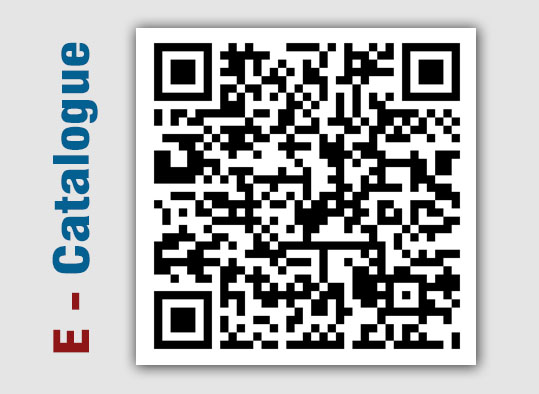The Most Vital Fire Safety Standards to Adhere to in 2025
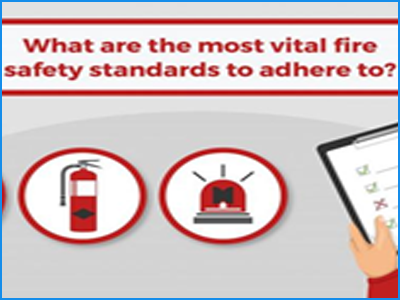
Fire safety regulations play a critical role in minimizing risks and safeguarding lives and property. For 2025, key updates focus on technological advancements, inclusive safety measures, and enhanced system resilience. This guide explores the most vital fire safety standards for 2025, emphasizing updates from the National Fire Protection Association (NFPA) and the International Fire Code (IFC).
1. Advancements in Fire Sprinkler Systems (NFPA 13)
The 2025 edition of NFPA 13, "Standard for the Installation of Sprinkler Systems," incorporates ground breaking changes to improve fire suppression effectiveness and address complex building designs.
Key Updates:
• Protection for Sloped Ceilings:
o The new guidelines provide specific recommendations for sprinkler installation under sloped ceilings, accommodating angles up to 18.5 degrees. Research demonstrates that fire spread under sloped surfaces can be faster, necessitating these adjustments
• Vacuum Systems for Corrosion Control:
o Corrosion in fire sprinkler systems reduces efficiency and longevity. Updated vacuum or negative-pressure sprinkler systems combat corrosion, especially in environments prone to moisture build-up.
• Seismic Bracing Requirements:
o Revised bracing standards align with ASCE/SEI 7, ensuring that sprinkler systems remain functional during seismic events. These changes are particularly vital for buildings in earthquake-prone areas
Why This Matters:
The enhancements in NFPA 13 aim to balance efficiency and resilience, ensuring systems are adaptable to diverse architectural and environmental conditions.
2. Cybersecurity for Fire Alarm Systems (NFPA 72)
With fire alarm systems increasingly relying on digital networks, cybersecurity is now a priority. The 2025 updates to NFPA 72, "National Fire Alarm and Signalling Code," emphasize protecting these systems from cyber threats.
Key Changes:
• Comprehensive Cybersecurity Standards:
o Chapter 11 now includes explicit directives for system configuration, implementation, and access management. This builds on the earlier introduction of cybersecurity guidelines and elevates them to enforceable standards
• Intermediary Service Providers:
o The updated code defines the role of intermediary services, which act as communication bridges between premises and monitoring stations. This ensures reliable data transmission during emergencies
Why This Matters:
As digital threats grow, these updates protect critical safety systems from hacking and malfunction, ensuring they function reliably during emergencies.
3. Enhanced Detection Technologies (NFPA 72)
The 2025 edition of NFPA 72 integrates innovative detection technologies, enhancing early warning capabilities.
Key Additions:
• Thermal Imaging Detection:
o Thermal detectors identify heat patterns that may indicate fire hazards. Unlike traditional radiant heat detectors, thermal imaging offers broader coverage and higher sensitivity
• Acoustic Leak Detection:
o This technology detects pressurized gas leaks through sound analysis, providing a proactive approach to fire prevention. Guidelines for installation and operation ensure precise implementation
Why This Matters:
Advanced detection methods improve response times and minimize risks, especially in high-stakes environments like industrial facilities.
4. Inclusive Notification Systems
Accessibility and inclusivity are central to the 2025 updates, ensuring safety for diverse populations.
Highlights:
• Restricted Audible Mode Operation (RAMO):
o Designed for environments like classrooms and sensory-sensitive facilities, RAMO combines visual alerts with low-frequency audible signals. This prevents distress while maintaining safety
Why This Matters:
These changes reflect a commitment to making fire safety measures universally accessible and adaptable to specific needs.
5. Practical Enhancements for Modern Buildings
Updated codes address challenges posed by contemporary architecture and construction trends.
Key Changes:
• Remote Inspection Methods:
o Remote technologies are now accepted for system inspections, saving time and reducing costs while ensuring compliance
• Updates for Elevator Shafts:
o New fire suppression standards in elevator shafts provide complete coverage, essential for high-rise buildings
Why This Matters:
These practical updates simplify compliance and improve safety in complex structures.
6. Storage Facility and Warehouse Standards
Warehouses often house flammable materials, requiring tailored safety standards.
Updates in 2025:
• Expanded Sprinkler Requirements:
o Revised guidelines for the storage of high-risk materials, such as distilled spirits and flammable gases
• Improved Travel Distances:
o Increased permissible travel distances in storage facilities streamline operations without compromising safety
Why This Matters:
These changes reduce risks in storage-intensive industries, protecting workers and inventory.
7. Safety for Temporary Structures
Temporary setups, like event tents and portable buildings, are common but pose unique risks.
Key Provisions:
• Fireproofing Standards:
o Stricter fire resistance requirements for temporary structures, especially those used for events or emergency shelters
• Cooking and Heating Safety:
o Updated protocols for temporary kitchens and heating units reduce fire risks during outdoor gatherings
Why This Matters:
These guidelines ensure safety in transient environments without hindering functionality.
8. Active Shooter and Fire Safety Integration
Modern emergencies demand a multi-hazard approach to safety.
Key Developments:
• Integrated Safety Protocols:
o Schools and public buildings must now integrate fire evacuation plans with lockdown procedures. This ensures seamless responses during active shooter scenarios
Why This Matters:
By addressing multiple threats simultaneously, these updates reflect a holistic approach to occupant safety.
9. Carbon Monoxide (CO) Detection
Carbon monoxide remains a silent killer, necessitating strict detection measures.
Key Changes:
• Mandatory CO Detectors:
o The IFC now requires CO detectors in all occupancy types, expanding protection to spaces previously excluded
Why This Matters:
Early detection saves lives, making this update a critical addition to the fire safety framework.
10. Embracing Future Technologies
The 2025 codes encourage adoption of cutting-edge tools for proactive fire management.
Innovations:
• IoT-Enabled Monitoring:
o Internet of Things (IoT) devices allow real-time monitoring of fire safety systems, enhancing preventive maintenance and reducing downtime
• QR Codes in Codes:
o IFC 2025 incorporates QR codes for instant access to code details, simplifying compliance for professionals
Why This Matters:
These measures streamline fire safety management, making compliance efficient and effective.
Conclusion
The fire safety standards for 2025 represent a significant leap forward, integrating technology, inclusivity, and practicality. From enhanced sprinkler systems to advanced detection technologies and cybersecurity measures, these updates ensure robust protection for diverse environments. By adhering to these standards, stakeholders can safeguard lives and property while meeting the demands of modern construction and technology.

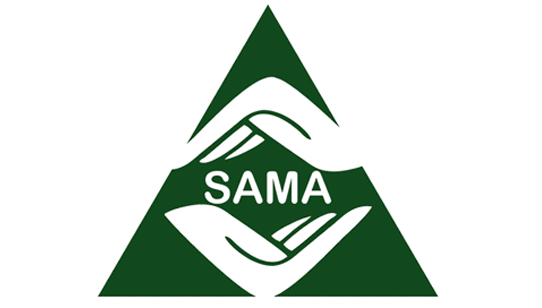
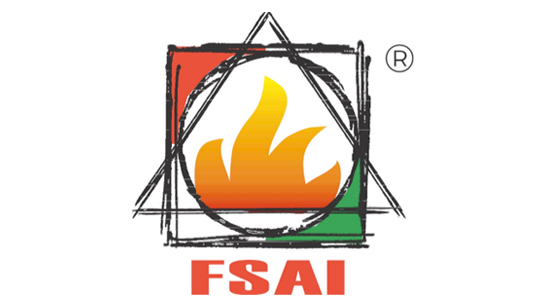
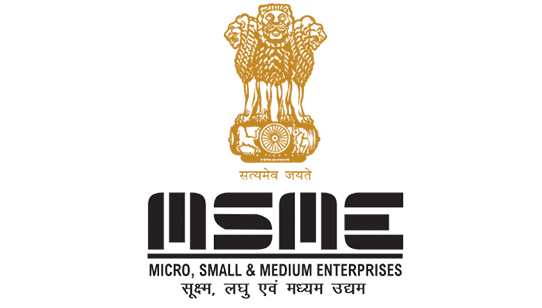
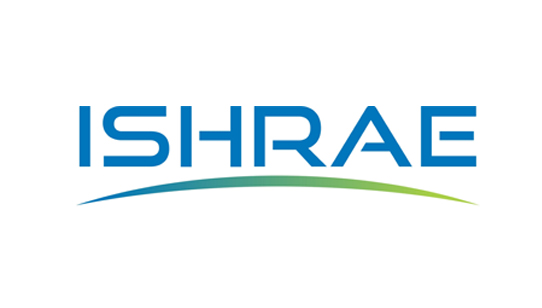
.png)







